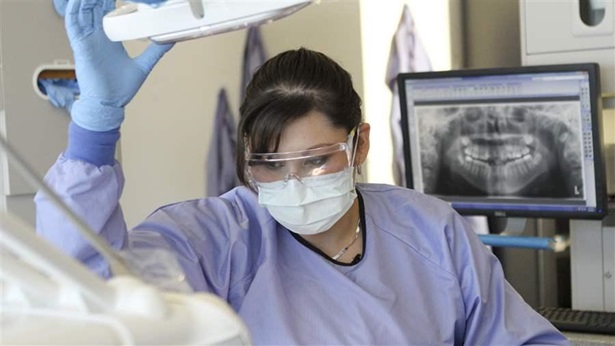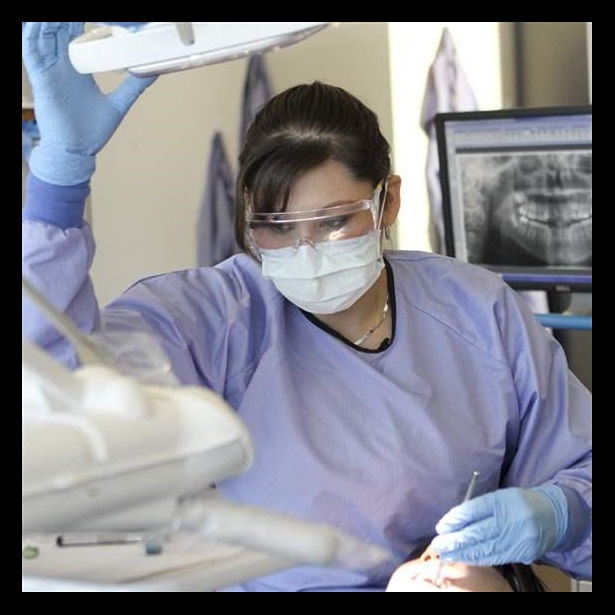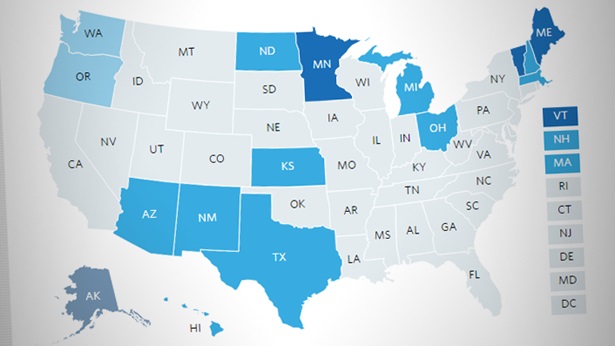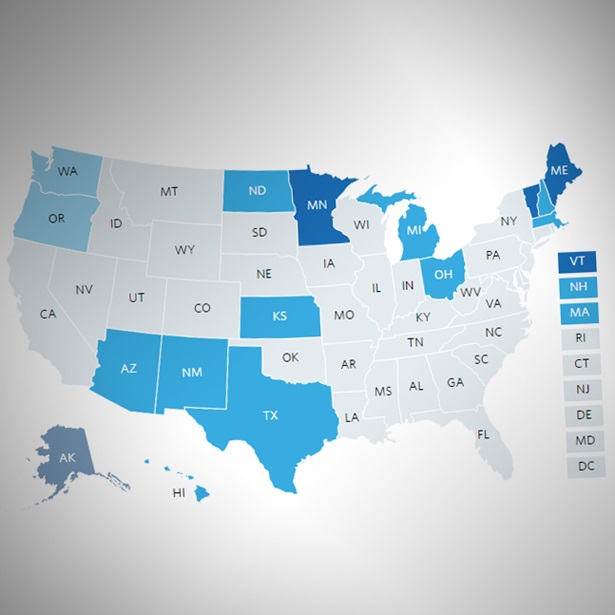More Than 80 Percent of Voters Favor Dental Therapy, National Survey Finds

Dental therapist programs are designed to help expand access to oral health care in underserved communities.
© David Sacks / Getty Images
More than 80 percent of voters responding to a recent national survey said they favored allowing dental therapists to practice in their state. The survey, which polled 1,200 voters across the U.S. in November 2016, also found that 15 percent of respondents said they either could not find a provider in their area or could not find one that would accept their insurance.
Dental therapists (DTs) are midlevel providers, similar to physician assistants in medicine, who provide preventive and routine dental treatment such as filling cavities, placing temporary crowns, and extracting badly diseased or loose teeth. Dental therapist programs are designed to help expand access to oral health care in underserved communities.
In Minnesota and Alaska, dental therapy has already made an impact. A 2014 state government evaluation of dental therapy in Minnesota found that savings from the reduced costs of employing dental therapists are allowing clinics to expand capacity to serve more publicly insured and uninsured patients. Alaska has seen more than 40,000 previously underserved Alaska Natives now obtain regular access to dental care.
Dental therapy has the approval of national accreditation standards for training programs by dental educators, and three states in the U.S. have authorized dental therapists to practice: Minnesota, Maine, and Vermont. Additionally, Alaska and Washington state have introduced DTs to local Native American tribes, and in 2016, Oregon approved a pilot program allowing two local tribes to hire dental therapists.
Lake Research Partners, a public policy and opinion research firm, surveyed 1,200 voters nationwide on oral health issues. The survey sampling margin of error is plus or minus 2.8 percent. The W.K. Kellogg Foundation sponsored the survey.
Jane Koppelman is research director for The Pew Charitable Trusts’ dental campaign.











